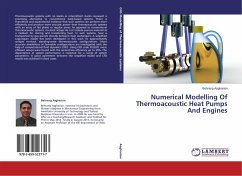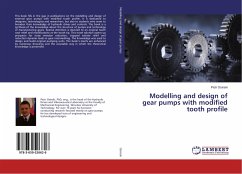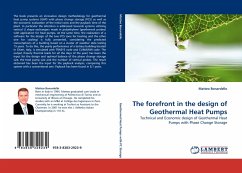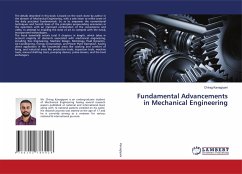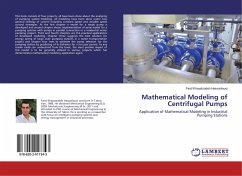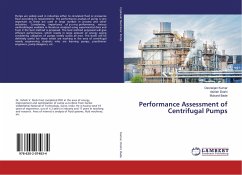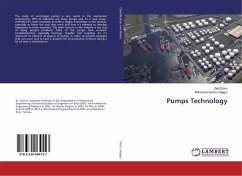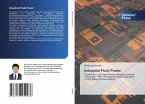Thermoacoustic systems with no stacks or intermittent stacks represent a promising alternative to conventional stack-based systems. There is theoretical and experimental evidence that such systems can perform more efficiently and produce more acoustic power than thermoacoustic systems with an array of flat plates or regular pores. As opposed to conventional thermoacoustic systems, no-stack setups do not include porous material as a medium for storing and transferring heat. In such systems, heat is transported by gas parcels directly between heat exchangers. A simplified Lagrangian model has been developed in this work to approximately analyze no-stack standing-wave thermoacoustic configurations. More accurate simulations of favorable configurations are investigated with the help of computational fluid dynamics (CFD). Using CFD code FLUENT, more efficient setups were found with the second law efficiency up to 55%. The dependence of system performance is reported for a range of system parameters. A good agreement between the simplified model and CFD results was achieved in most cases.
Hinweis: Dieser Artikel kann nur an eine deutsche Lieferadresse ausgeliefert werden.
Hinweis: Dieser Artikel kann nur an eine deutsche Lieferadresse ausgeliefert werden.

